Surgery
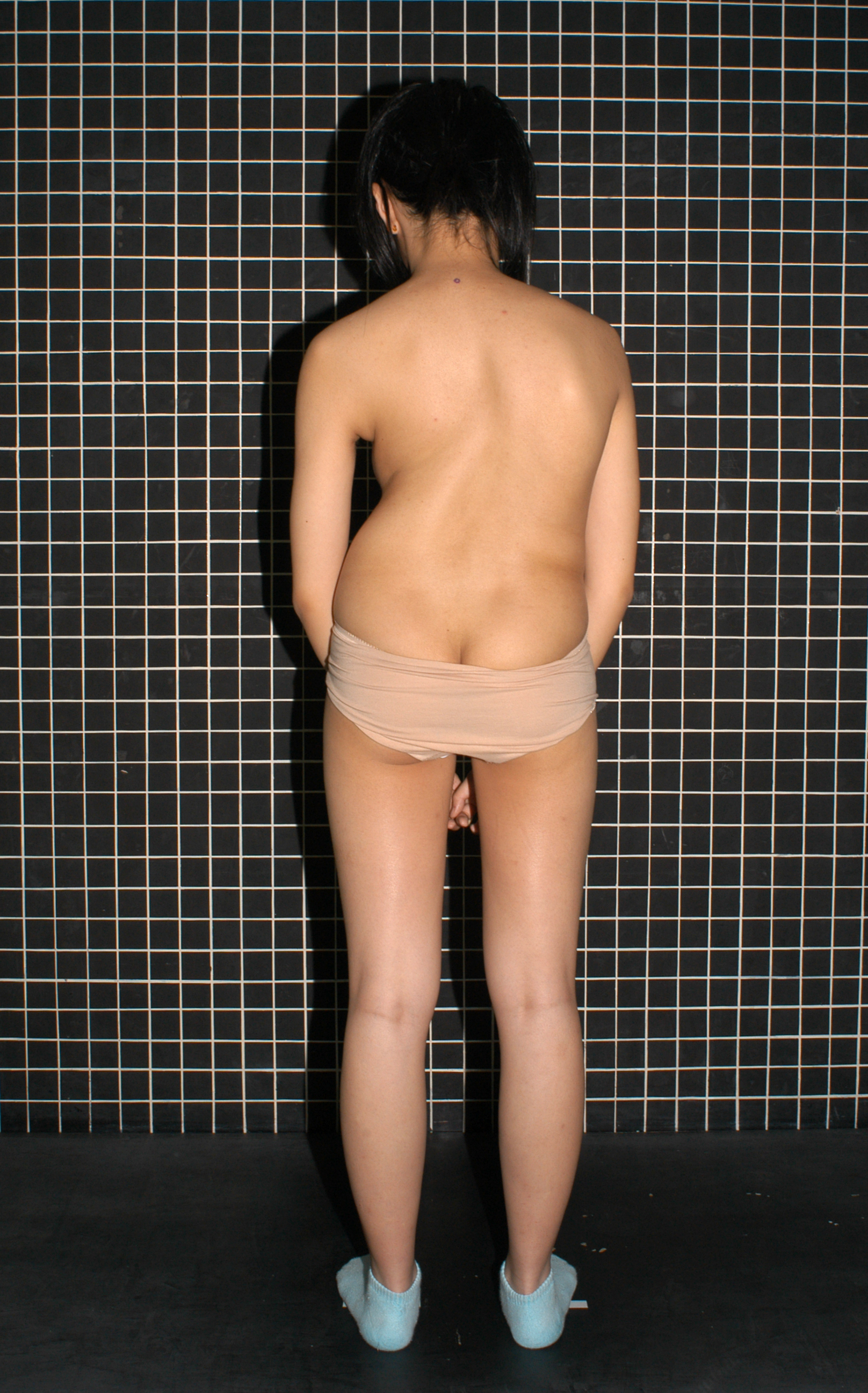
Patient Pre-op (1)
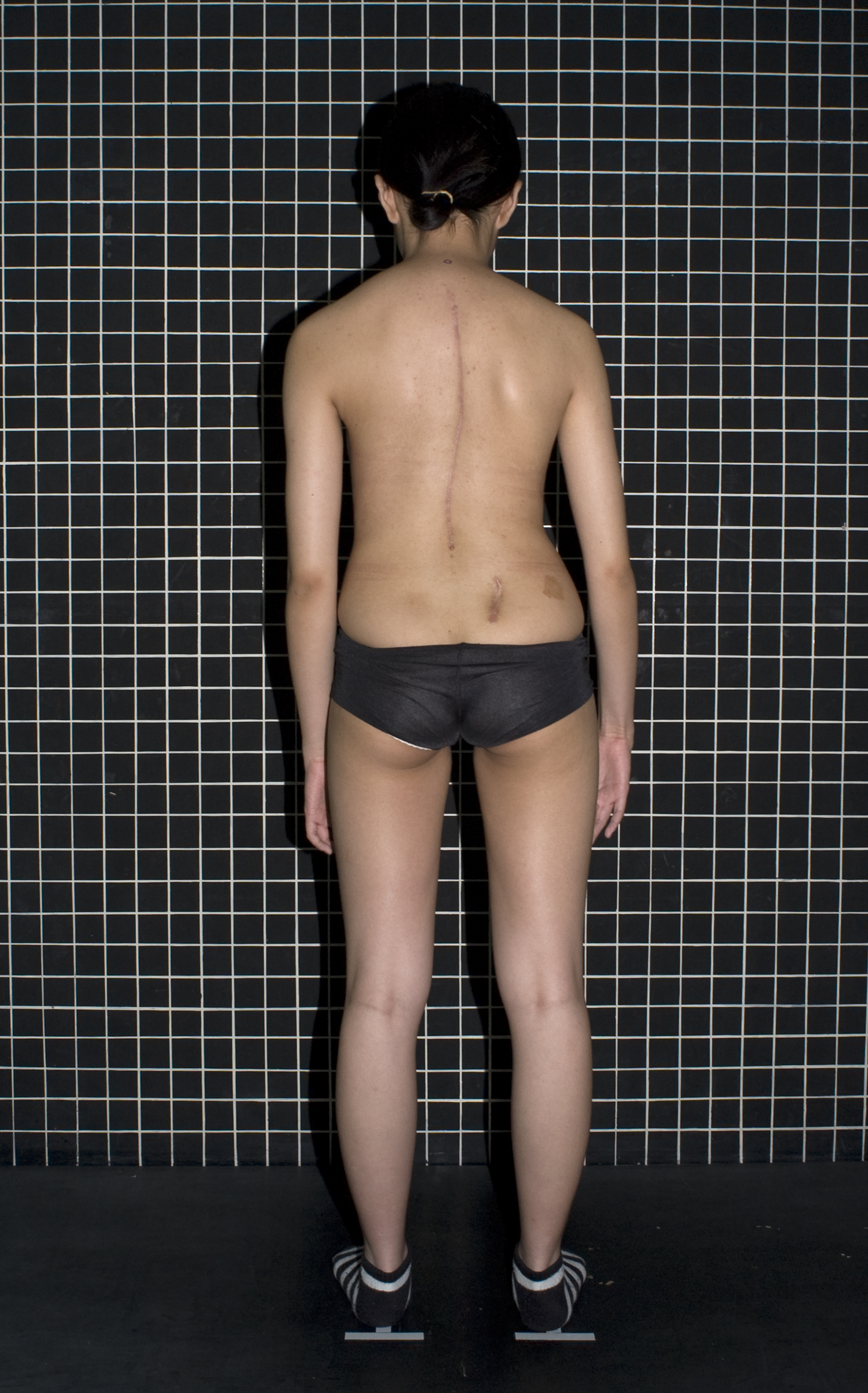
Patient Post-op (1)
The primary goal of surgery is to prevent scoliosis progression by achieving a spinal fusion of the curves. Surgery is considered for patients with increased risk of curve progression during adult life. This group includes patients with Cobb angles of >40–45°. Fusion in these cases aim to prevent long-term consequences that include reduced pulmonary capacity and disfigurement, reducing the deformity and restoring spinal alignment. The main risks of deformity correction include neurological injury which occurs in approximately 0.05% of surgeries. Early or late infection occurs in approximately 1-2% of cases, implant failure or failure of fusion in approximately 1% of cases, and recurrence or additional deformity in approximately 1%. Long fusions into the lower lumbar spine may also accelerate degeneration.
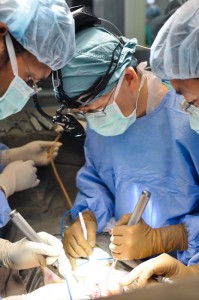
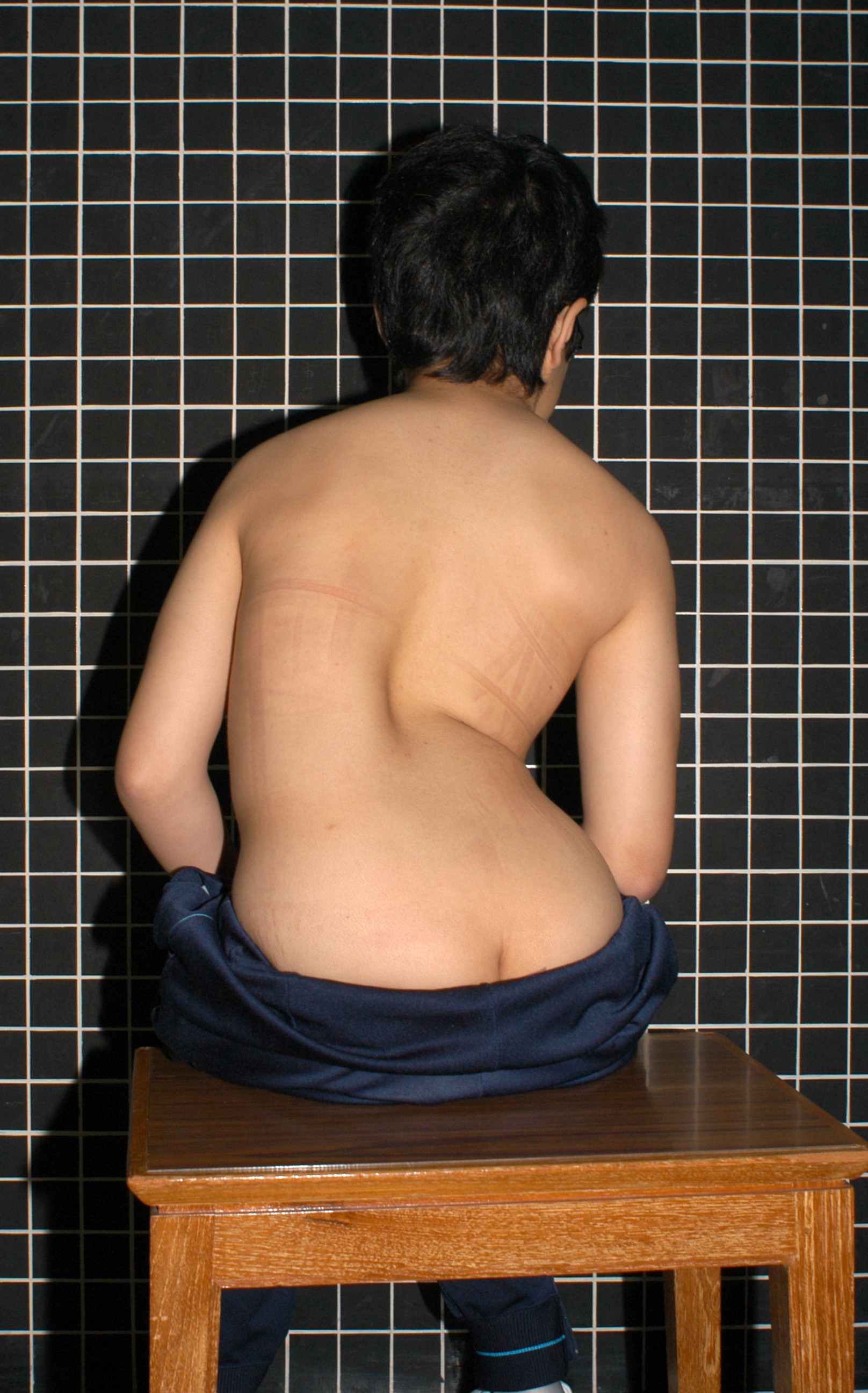
Patient Pre-op (2)
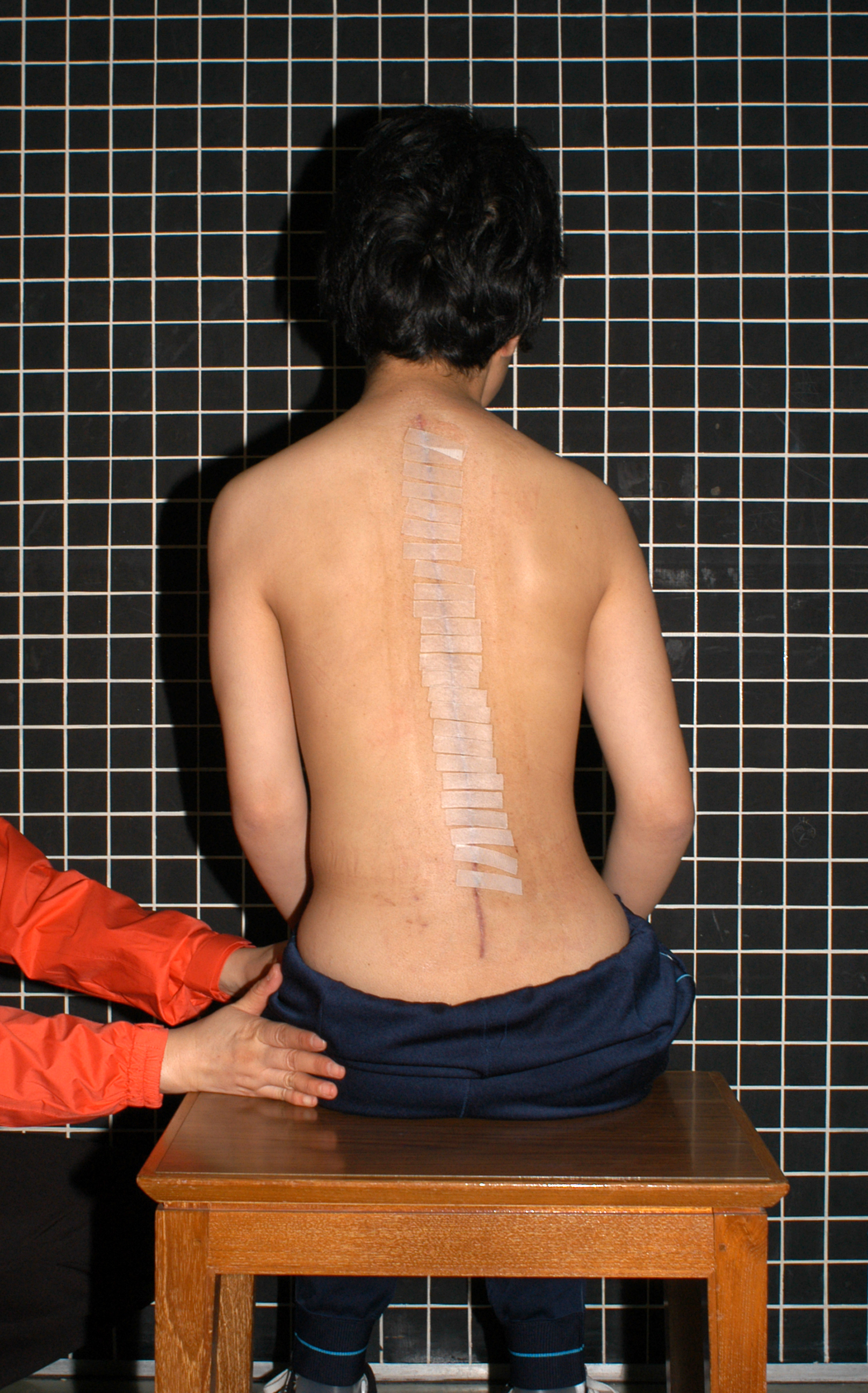
Patient Post-op (2)
For correction, implants including hooks, wires, cables, and screws are used to hold onto and manipulate the spine via a connection to rods. Fusion of the curve segments require 6-12 months. During this period of time, the implants are necessary to maintain the correction. Once fusion occurs, the correction can be maintained lifelong. The surgery may be performed with an anterior approach (through the chest or abdomen) or through a posterior approach (midline over the spine from the back). With an anterior approach, discectomies or removal of the intervertebral discs can be performed and is a powerful tool for increasing the mobility of the spine and better overall correction of the deformity. Posterior approaches are generally more common as it is a simpler exposure and is extensile (can span the entire length of the spine if necessary).
